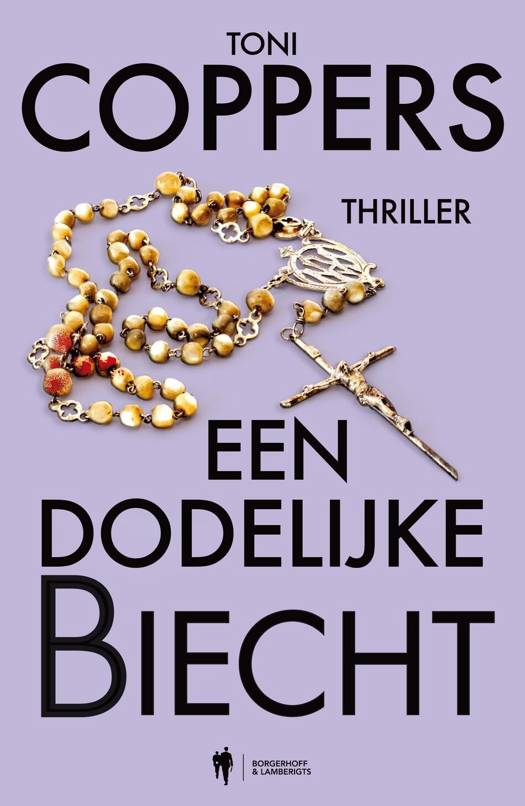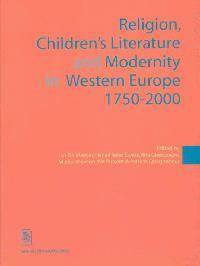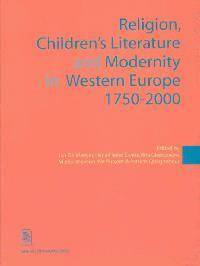
- Afhalen na 1 uur in een winkel met voorraad
- Gratis thuislevering in België vanaf € 30
- Ruim aanbod met 7 miljoen producten
- Afhalen na 1 uur in een winkel met voorraad
- Gratis thuislevering in België vanaf € 30
- Ruim aanbod met 7 miljoen producten
Religion, Children's Literature, and Modernity in Western Europe 1750-2000
Omschrijving
In this book some 25 scholars focus on the relationship between religion, children's literature and modernity in Western Europe since the Enlightenment (c. 1750). They examine various aspects of the phenomenon of children's literature, such as types of texts, age of readers, position of authors, design and illustration. The role of religion in giving meaning both in a substantive sense as well as through the institutionalised churches is studied from an interdenominational point of view (Judaism, Roman Catholicism, Protestantism and Anglicanism). Finally, the contribution of pedagogy and child psychology in the interaction between modernity, religion and children's literature is also discussed.Various articles give a broad overview of the tensions between aesthetics and ethics and the demand for cultural autonomy in the development of children's literature. Children's bibles and missionary stories played an important part in the growing diversification of children's literature, as did the publication of illustrated reviews for children. Remarkable differences are highlighted in the involvement of religious societies and institutions, episcopally approved publishing houses and supervisory bodies in the publication, distribution and supervision of children's literature. This volume adopts a comparative approach in exploring the underlying religious, ideological and cultural dimensions of children's literature in modern society.)
Specificaties
Betrokkenen
- Uitgeverij:
Inhoud
- Aantal bladzijden:
- 536
- Taal:
- Engels
- Reeks:
- Reeksnummer:
- nr. 3
Eigenschappen
- Productcode (EAN):
- 9789058674975
- Verschijningsdatum:
- 15/02/2008
- Uitvoering:
- Paperback
- Formaat:
- Trade paperback (VS)
- Afmetingen:
- 170 mm x 226 mm
- Gewicht:
- 1020 g

Alleen bij Standaard Boekhandel
Beoordelingen
We publiceren alleen reviews die voldoen aan de voorwaarden voor reviews. Bekijk onze voorwaarden voor reviews.










